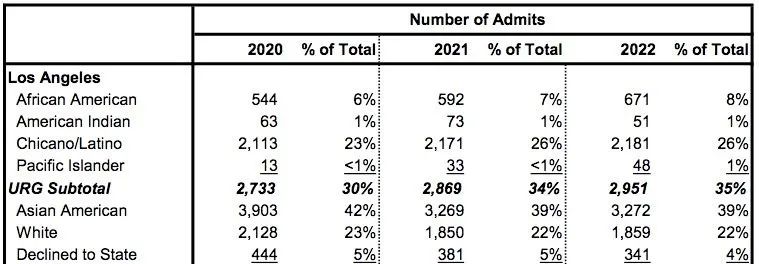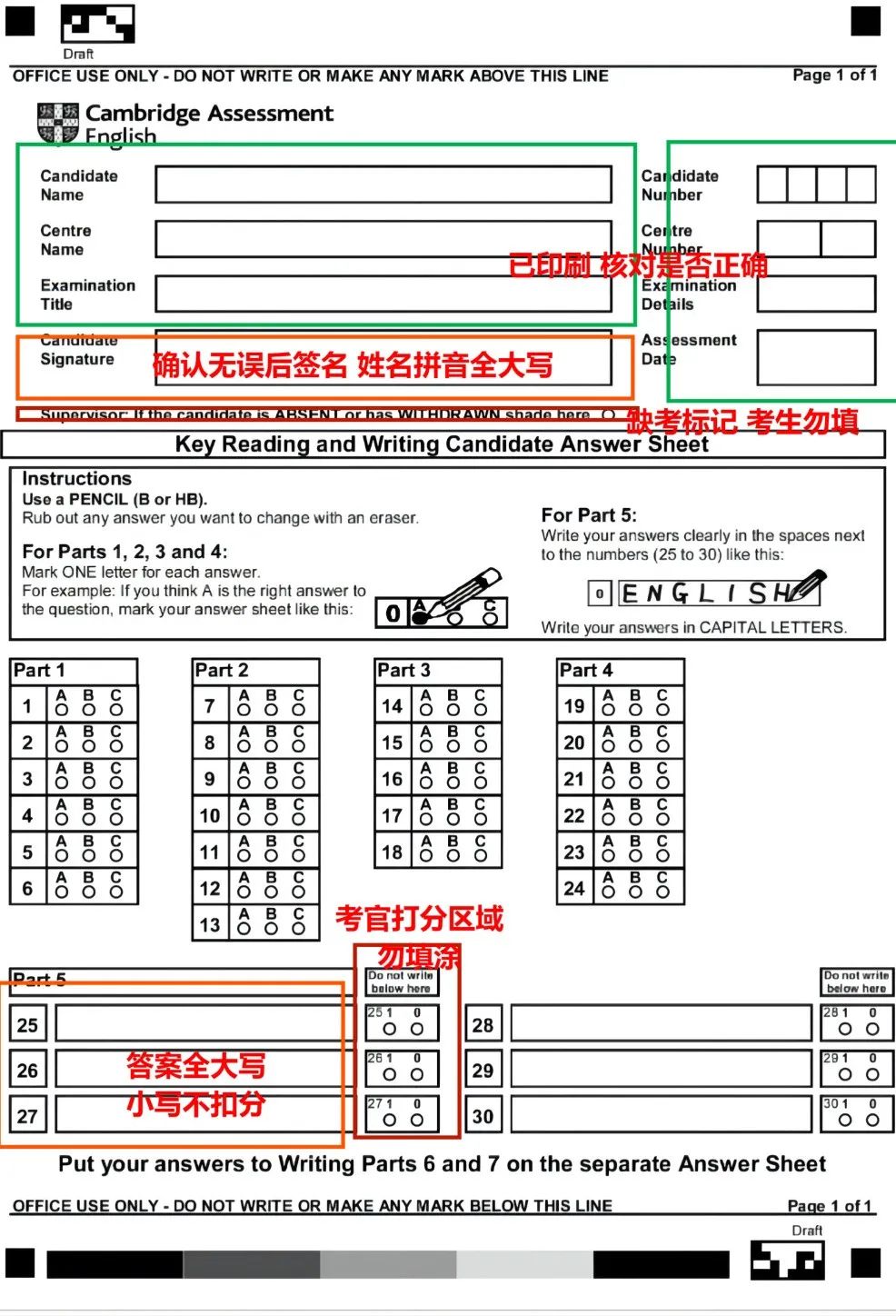首先,我们来定义下assumption。
我们知道一个argument由 premise 和conclusion 构成,用公式来表达话,就是
Argument : Premise ? Conclusion
比如Premise 是小明经常帮助别人
Conclusion 是 小明是好人。
那么这里就有一个Argument, 小明帮助别人 ? 小明是好人.
这里的 “?” 可以理解为“因此”
所以,上面的Argument 就是,“小明帮助别人,因此小明是好人。”
显然,这个Argument 是不见的成立的,而assumption 这个逻辑结构存在的意义,就是当 premise + assumption 的时候,一定可以得出 conclusion。
也就是 premise + assumption ? argument
如果要小明是好人,一定成立,那么上面那个中文例子的 assumption 就是 “帮助别人,就是好人”
我们可以看到 “小明帮助别人” +“帮助别人,就是好人” ? “小明是好人“
这是比较理想的bridge 类型的assumtion, 也可以把这种类型叫做sufficient (充分类型的 assumption)【上面这个例子的甚至可以理解为是充分必要类型的】
关于充要类型的,我来举一个实际GMAT的例子
Although the school would receive financial benefits if it had soft drink vending machines in the cafeteria, we should not allow them.[Conclusion] Allowing soft drink machines there would not be in our students' interest. If our students start drinking more soft drinks, they will be less healthy.[Premise]
The argument depends on which of the following?
(A) If the soft drink vending machines were placed in the cafeteria, students would consume more soft drinks as a result.
(B) The amount of soft drinks that most students at the school currently drink is not detrimental to their health.
(C) Students are apt to be healthier if they do not drink soft drinks at all than if they just drink small amounts occasionally.
(D) Students will not simply bring soft drinks from home if the soft drink vending machines are not placed in the cafeteria.
(E) The school's primary concern should be to promote good health among its students.
argument 的结构已经在题目中标出,我们可以看到,正确选项A 很好的衔接起来了【bridge】 premise 和 conclusion 的部分,和我们上面举的中文的例子是类似的。
从一板一眼的逻辑角度来说,上面的两个例子中的assumption类型其实都是 充要的类型,也就是最完美的assumption 类型。什么是充要的assumption 类型呢?
就是这个assumption即是符合充分性的,又是符合必要性的。
那么什么是充分性和必要性的assumption 呢?
以下部分看了,你会发现,并不复杂。
assumption 的充分性: 就是从premise + assumption 可以自然的一定得到这个conclusion。
比如logic reasoning 里面的例子:

Ramon has $50 in his wallet 是一个充分的assumption, 因为?的这个箭头方向上一定成立。但是这不是一个必要的assumption。
怎么判断一个assumption 的必要性呢?
就是对于assumption 取反了以后这个argument 是不是就不成立的。
上例的assumption 取反就是 “Ramon does not have $50 in his wallet”。 没有50 不见的把这个argument 不成立了,因为有可能是45,46,47....
所以?这个例子的必要性的assumption 是怎样的呢?

可以看到,现在premise (The sweater costs $ 40) + assumption (Ramon has at least $20 in his wallet) 不见的可以得出 Conclusion (Ramon has enough money ni his wallet to buy the sweater). 因为有可能 Ramon 只有35,36....
但是如果对于这个assumption 取反 (Ramon does not at least have $20 in his wallet). 连 $20 都没有,显然是可以让上面的argument 不成立的。
所以,判断一个assumption 是不是必要性assumption 的方式就是看看,对于这个assumption 取反以后,是不是可以削弱这个argument。
以上讲解了充分性的和必要性的assumption, 那么有没有充分+必要性的,也就是充要性的assumption 呢?
有!

可以看到Ramon does not at least have $40 in his wallet。 首先在这个箭头的方向上可以使得这个argument 成立,另外如果对于这个assumption 取反,也是可以削弱这个argument 的,所以就是一个充要形式的argument。
回到下面这道题目里面的A 选项,就是一个充要形式的argument
Although the school would receive financial benefits if it had soft drink vending machines in the cafeteria, we should not allow them.[Conclusion] Allowing soft drink machines there would not be in our students' interest. If our students start drinking more soft drinks, they will be less healthy.[Premise]
The argument depends on which of the following?
(A) If the soft drink vending machines were placed in the cafeteria, students would consume more soft drinks as a result.
GMAT 里面的assumption题目也有是单纯的必要性形式的assumption, 比如
Although there is no record of poet Edmund Spenser's parentage, we do know that as a youth Spenser attended the Merchant Tailors' School in London for a period between 1560 and 1570. Records from this time indicate that the Merchant Tailors' Guild then had only three members named Spenser: Robert Spenser, listed as a gentleman; Nicholas Spenser, elected the Guild's Warden in 1568; and John Spenser, listed as a "journeyman cloth-maker." Of these, the last was likely the least affluent of the three- and most likely Edmund's father, [Conclusion] since school accounting records list Edmund as a scholar who attended the school at a reduced fee. [Premise]
Which of the following is an assumption on which the argument depends?
(A) Anybody in sixteenth-century London who made clothing professionally would have had to be a member of the Merchant Tailors' Guild.
(B) The fact that Edmund Spenser attended the Merchant Tailors' School did not necessarily mean that he planned to become a tailor.
(C) No member of the Guild could become Guild warden in sixteenth-century London unless he was a gentleman.
(D) Most of those whose fathers were members of the Merchant Tailors' Guild were students at the Merchant Tailors' School.
(E) The Merchant Tailors' School did not reduce its fees for the children of the more affluent Guild members.
答案E 放到逻辑链条 【Premise + E ? Conclusion】,是不是箭头方向不见的成立,
也就是说 “学校会计记录Edmund 减免过学费” + ” 学校不给富人减免学费“,不见的可以得出,Edmund 的父亲就是没钱的那个【不管怎么说,题目里面也只是说是三个里面没钱的,不见的就是绝对意义上的没钱的那个】;也就是说E选项这个assumption 的充分性是不成立的。
但是它的必要性是存在的,如果我们把E 取反,就是“学校给富有的人也减免学费”那么就肯定得不出Edmund的父亲到底是哪一位了。
上面这个必要性的题目还是比较容易解的,我们来看一题稍微复杂些的
180. Many gardeners believe that the variety of clematis vine that is most popular among gardeners in North America is jackmanii.[Conclusion] This belief is apparently correct since, of the one million clematis plants sold per year by the largest clematis nursery in North America, ten percent are jackmanii.[Premise]
Which of the following is an assumption on which the argument depends?
(A) The nursery sells more than ten different varieties of clematis.
(B) The largest clematis nursery in North America sells nothing but clematis plants.
(C) Some of the jackmanii sold by the nursery are sold to gardeners outside North America.
(D) Most North American gardeners grow clematis in their gardens.
(E) For all nurseries in North America that specialize in clematis, at least ten percent of the clematis plants they sell are jackmanii.
大多数同学不会选A
因为觉得Premise 是10% 是jackmanii (clematis 的一种),哪怕再加上这个assumption (有10种不同类型的clematis),并不能得出,jackmanii 是这几个里面最受欢迎的,因为另外的9种可以有20%的,有2%... 这样,10%不就肯定不是最popular。 但是这个思考过程只是否定了这个assumption 的充分性,并没有否定它的必要性。其实从问法【...an assumption on which the argument depends?】也可以看出来,题目要的是必要性的assumption。
那么A 选项符不符合必要性呢?
来取个反: nursery 里有少于10种的clematis, 这样10% 是不是肯定不是最popular 的了,显然把conclusion 给削弱了。所以这个答案就是我们要的必要性的assumption.
总结:
1. assumption 难一些的话就是那些只是必要性assumption 的题目,那么这个时候用取反的方式去验证一下就可以。
2. 简单一些的assumption 题目就是那些即符合充分性,又符合必要性的。这种类型的就比较一目了然了。再不行,反正也可以用取反的方式去验证的。
所以在GMAT 里面,用取反的方式去验证assumption的正确答案是很靠谱的方式。














